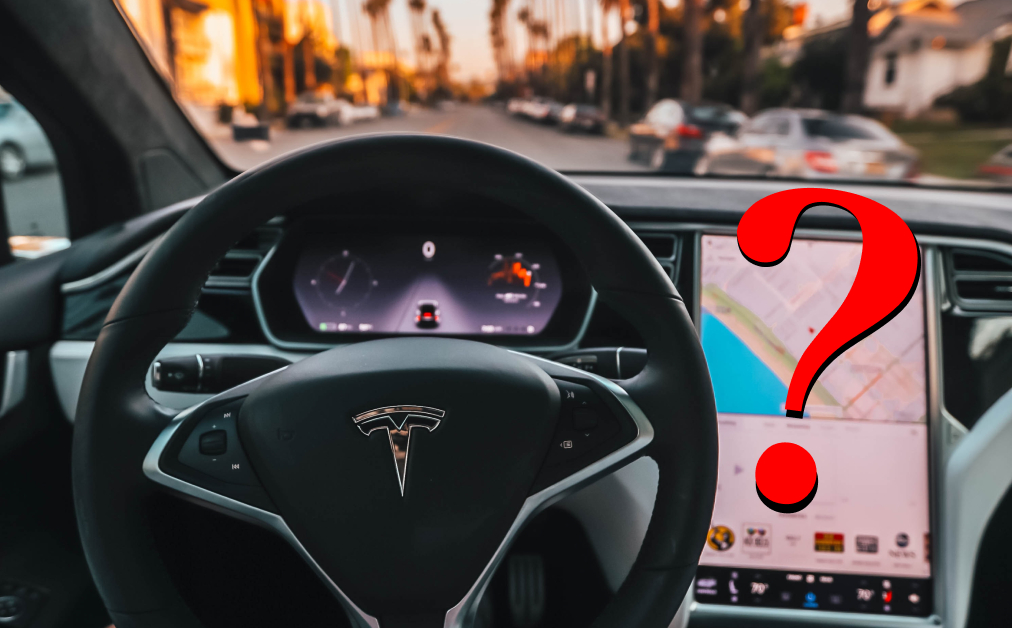Self-Driving Cars Becoming The Norm?
The Disney movie Wall-e comes to mind when I think of self-driven cars and how humans became so reliant on machines that they never had to move. Thankfully, our reliance on autonomous cars has not become a problem, especially since despite all the talk there really aren’t any self-driven cars available for public use. According to US Department Transportation Secretary Elaine Chao, till November 2019, about 1,400 self-driven cars, trucks and other kinds of vehicles were being tested for use on US roads by at least 80 companies.
Tesla is perhaps the only company that is now equipping and testing its cars with the self-driving facility that would enable you to just sit in and tell the car where to go and Honda has announced that it would be mass producing cars that are autonomous, where one of their existing sedan will also be available with approved automated driving equipment just this week. However, despite these advances and the many predictions of the yesteryears, the most that Tesla has offer to the public right now is highway cruising on autopilot or perhaps auto braking when they sense a collision. But the full blown take-your-eyes-off-the-road effect has still not come into play, with the US currently not operating any fully automated cars yet.
There are five different levels of self-driving cars that exist today. Level zero is where most functions are controlled by humans. Level one, where cruise control or braking may be controlled by the car but one at a time. So if you are on auto cruise, you may still need to keep an eye out on the road. Level two, where things start to get interesting, as the car offers at least two automated features that would function simultaneously but they still need human supervision to function safely. Level three is where the car will do almost all the work but will issue an alert when things start to go out of control. A car measured at level four is fully-autonomous in most driving scenarios but may still need their human to take over. The level five car is the car that we have all been waiting for, where you just sit and focus on everything but the driving of the car itself, but it is yet to arrive for a multitude of reasons.
The way self-driving cars function is similar to the reverse, sensor activated camera that is now a regular feature of many cars. The sensors equipped in these cars, albeit are much more sophisticated and use laser beams to create an internal map of the surroundings. Some companies like Google, choose to use multiple technologies at various stages, such as lasers, radar, sonar and high-powered cameras. These internal maps are then processed by software that figures out a path and then passes it on to the vehicles actuators, which control acceleration and steering etc. Then there are hard rules fed into the software and avoidance algorithms that help avoid and manoeuvre around objects.
It sounds fairly simple, doesn’t it? But it isn’t, as driving itself is a highly complicated task that uses almost all the senses and for many decisions, like whose right of way it is, sometimes just knowing the rules is not enough. A small example could be reacting to unexpected road or weather conditions.
One solution for this may be to show Artificial Intelligence many hours of training data, which in this case would be hours and hours of good driving footage. When I say good driving footage, I mean good driving behaviour even during crises such as accidents. Gathering such data is not only tedious butexpensive and how does one record an accident while it happens or right before it happens anyway. CCTV footage just doesn’t cut it when it comes to feeding AI information. This makes it difficult to see how these cars would react in unpredicted situations.
Some self-driven cars will also be classified as connected or not, which basically means, whether or not they can communicate with other cars and devices including traffic lights. Sadly most prototypes being tested today, lack this feature or capability.
Another point of contention is the actual impact of self-driven cars themselves. Although there seem to be obvious benefits of mobility for the elderly or those that are differently abled, the opposite side is that cutting out the driver from the equation may render thousands of people, employed as chauffeurs, truckers or even those employed as drivers in public transportation. These impacts, however, are hypothetical and despite tall claims from many companies, they remain to be seen. Other concerns are centered around cyber security, where some wonder if hacking cars would become a thing, while others think that self-driven cars would impact the environment negatively, as unlike humans, automated cars would not get fatigued and driving distances as well as time will only increase as technology advances.
For now, one can only predict and worry about the impact as self-driven cars even though maybe lining our distant future, for now only cruise control is here to stay.
– Nida Khan

Comments are closed